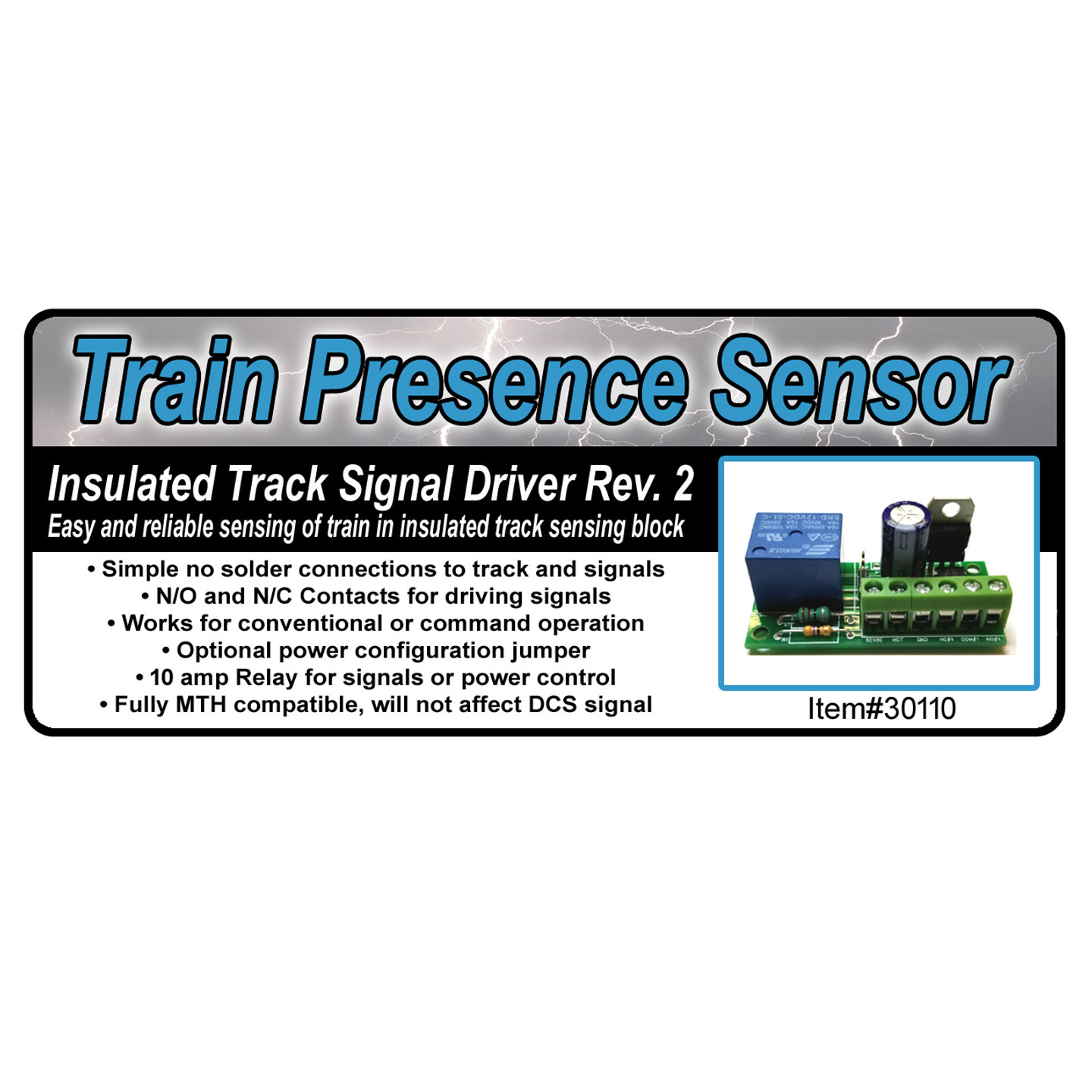This is all very interesting, but on the other hand, the reality is that the trains in our homes are only toys or models, and not the real thing with real people in them.
We can takes our toys and models as seriously as we want. I, for one, am in this hobby for light hearted, amusing, interesting, stimulating and relaxing entertainment, choose not to take my toys/models too seriously, and even find it charming when I get an occasional derailment, flickering light that's not supposed to flicker, or have something else go wrong.
I realize I'm being inconsistent here by bringing up the flickering light. This morning, I wanted to fix the flickering green light. Now, I'm having second thoughts and am more positive about the same flickering light. LOL, Arnold
![]()







